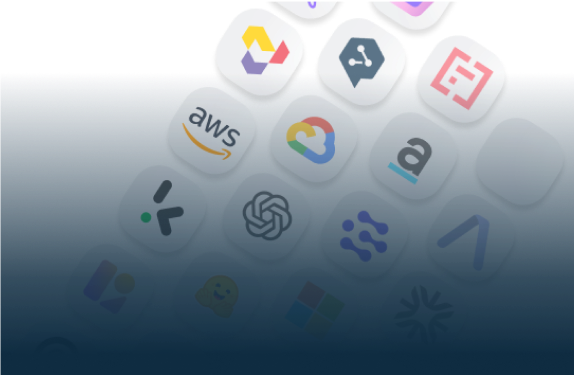
Start Your AI Journey Today
- Access 100+ AI APIs in a single platform.
- Compare and deploy AI models effortlessly.
- Pay-as-you-go with no upfront fees.
This article explains how to use the Eden AI API with JavaScript to generate images based on text descriptions. It covers key steps like obtaining an API key, setting up Axios, and interpreting the results, offering a simple and efficient way to integrate image generation into your projects.
.jpg)
AI Image Generation API, takes textual descriptions as input and generates corresponding images as output.
It uses deep learning techniques, such as recurrent neural networks (RNNs) or transformers, to understand and interpret the text, and then generates visual representations that align with the given descriptions.

Through training on a vast dataset of paired text and image examples, the model forms connections between textual descriptions and visual elements. This enables it to produce images that align with the provided prompts.
The resulting images can vary in complexity, ranging from basic objects or scenes to more elaborate and detailed compositions, depending on the sophistication and depth of the model's architecture.

To interact with the Eden AI API, we need to send HTTP requests from JavaScript. One of the easiest ways to do this is by using Axios, a promise-based HTTP client for both the browser and Node.js.
To install Axios, run the following command in your project:
Here’s a simple example of how you can use JavaScript to generate an image using Eden AI’s API. This code will generate an image of a “red flying balloon” at a resolution of 512x512.
method: Defines the HTTP method, in this case, POST, as we are sending data to the API.url: The API endpoint for generating images.headers: This includes the authorization header, where you provide your API key to authenticate the request.data: The body of the request, containing:
Once you make the request, Eden AI will generate the image based on the provided prompt and return a response. The response will typically include a URL to the generated image or metadata about the result.
For example, the response might look like this:
Eden AI offers several advantages for image generation.

With Eden AI, you can choose from a variety of providers, such as OpenAI, giving you flexibility in how you generate images.
Eden AI’s API is designed to be simple and intuitive, making it easy for developers to integrate image generation capabilities into their applications with minimal effort.
Whether you’re working on small projects or large-scale applications, Eden AI is built to scale with your needs, making it suitable for a wide range of use cases.
Eden AI leverages powerful AI models that produce high-quality images based on your text prompts, helping you create visuals that fit your vision.
Generating images with JavaScript using the Eden AI API is simple and efficient. With just a few lines of code, you can use AI to create images from text prompts, saving time in your development process.
We covered how to get started with Eden AI, install Axios, and generate images based on text descriptions. Integrating Eden AI into your project unlocks powerful image generation tools for enhanced user experiences.
Eden AI is a versatile, easy-to-use platform for generating images programmatically, helping you achieve high-quality results quickly. Give it a try today!


You can start building right away. If you have any questions, feel free to chat with us!
Get startedContact sales
